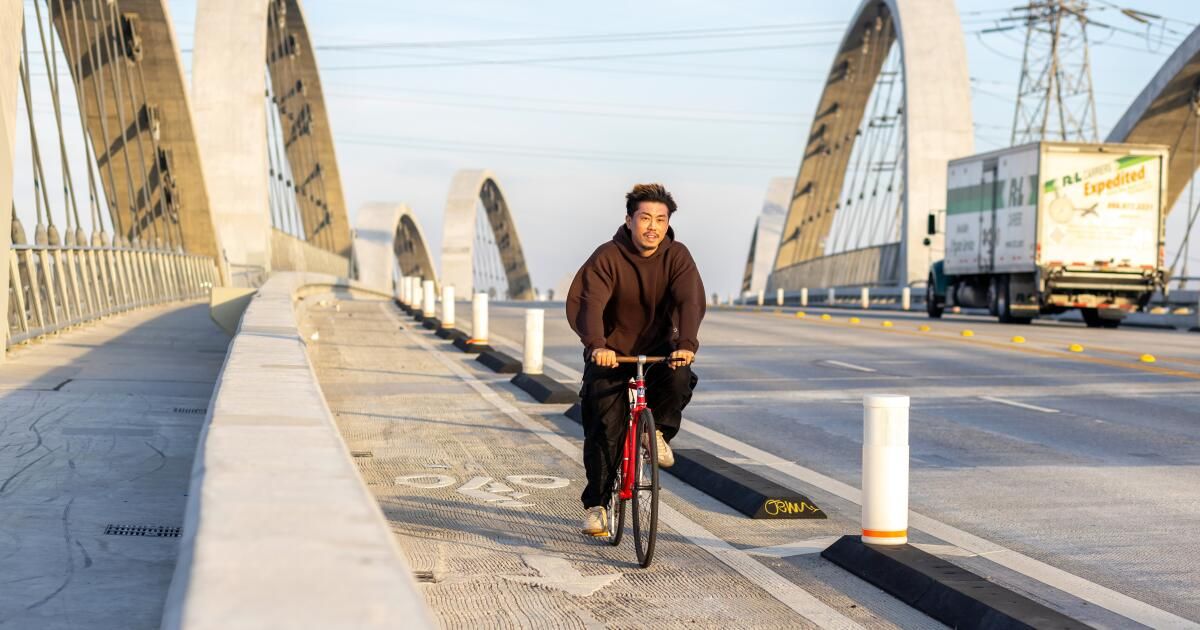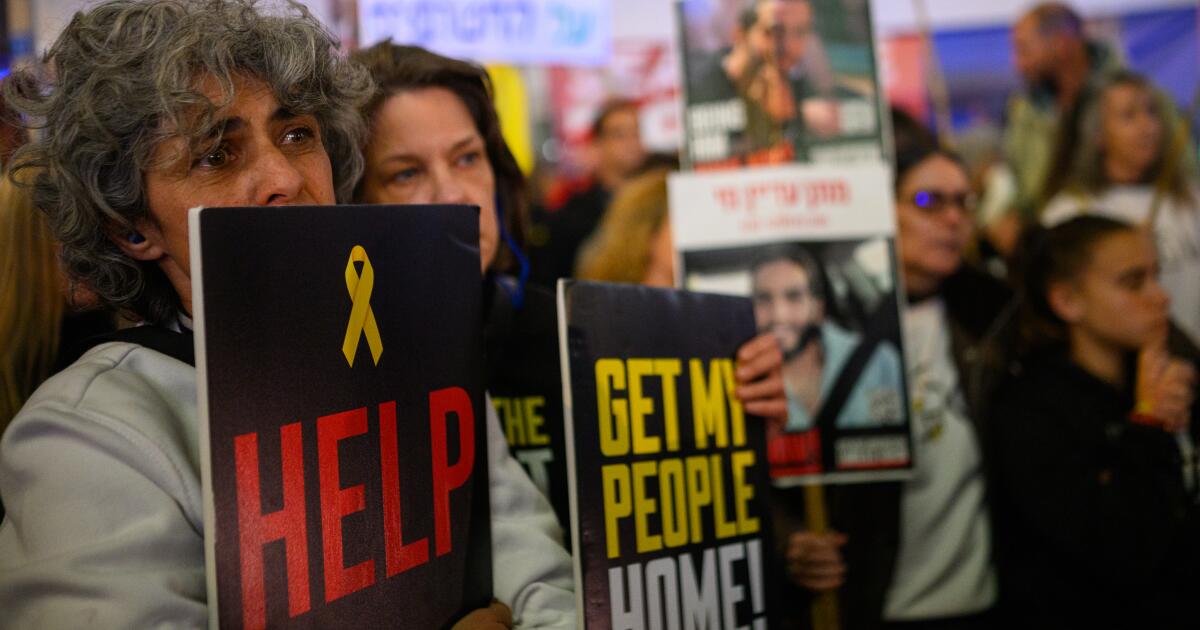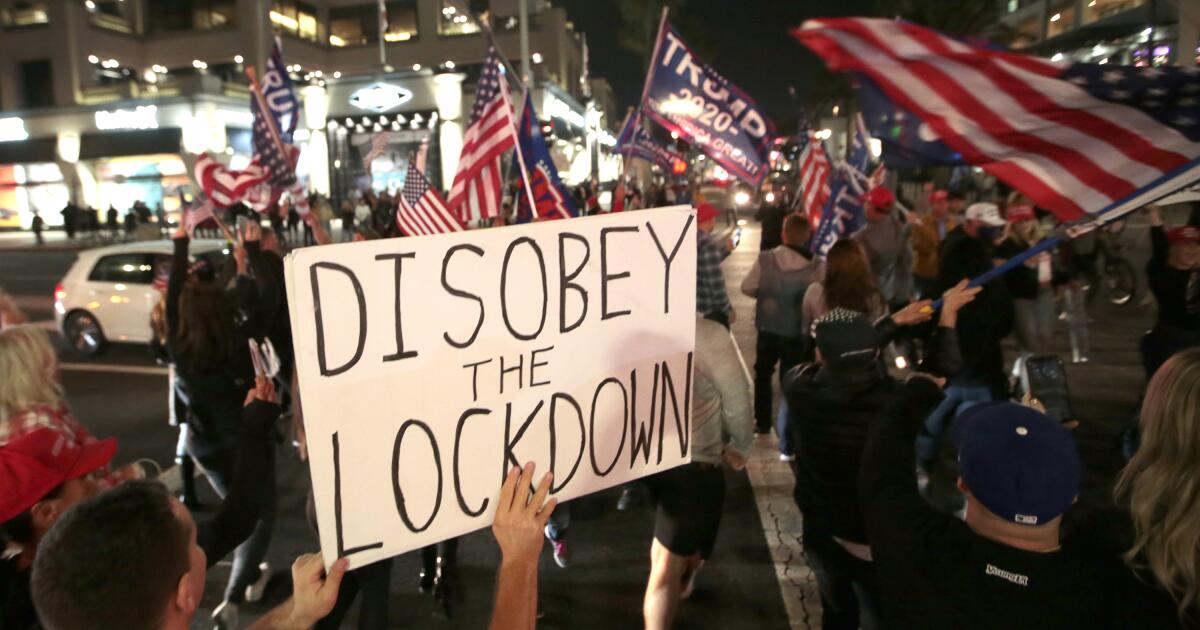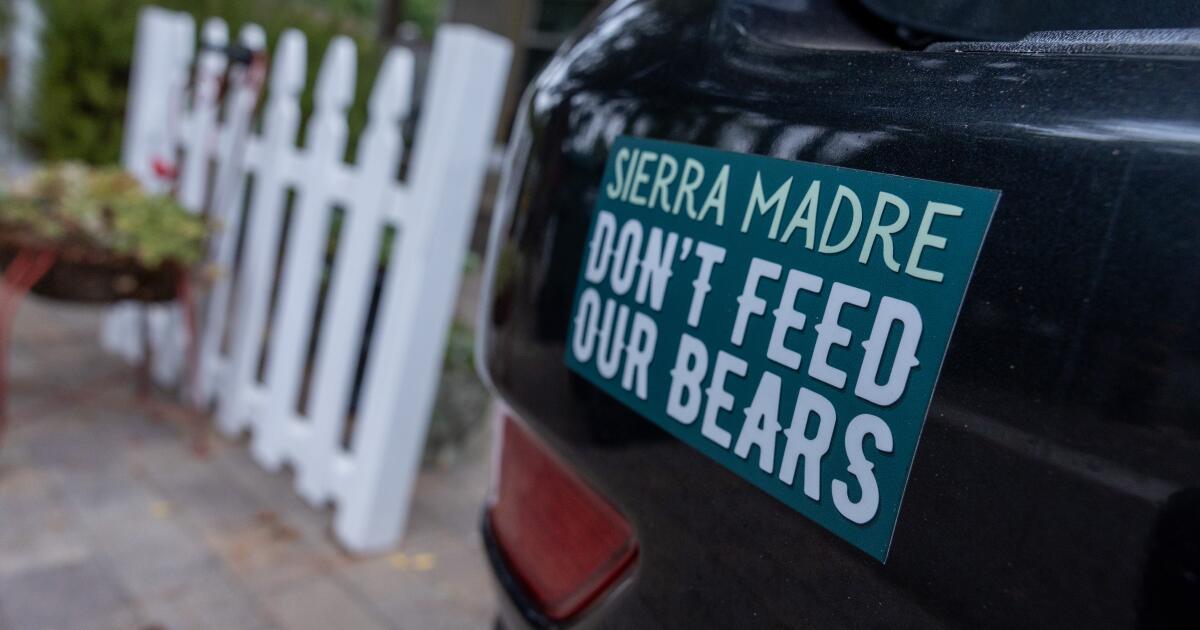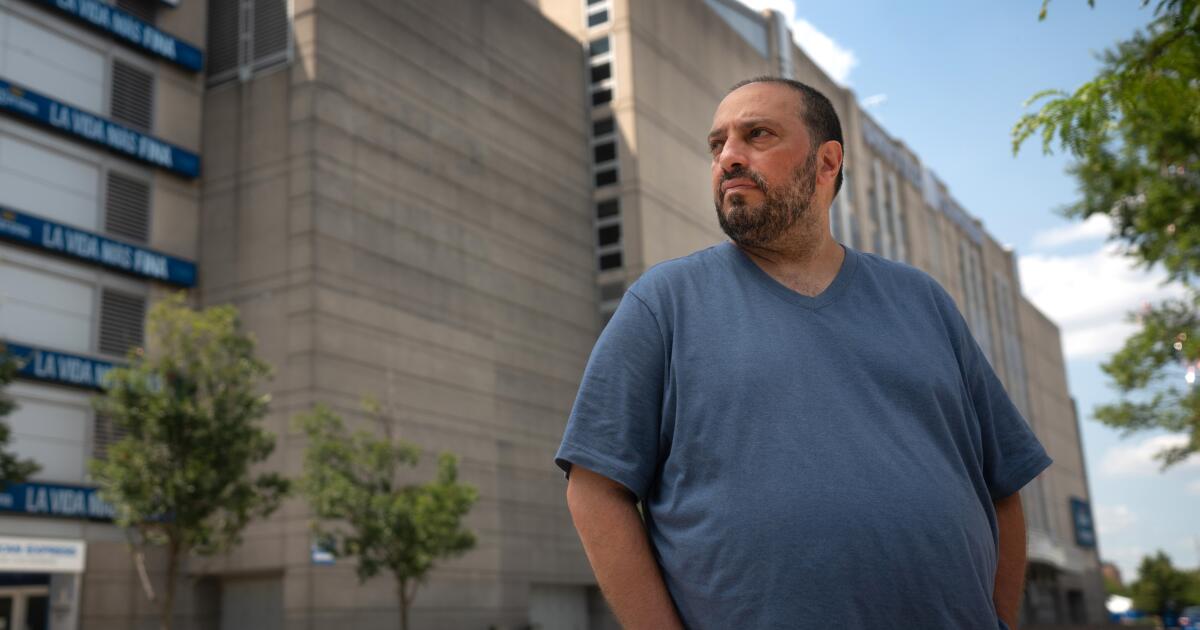California has ambitious climate goals: By 2045, the state wants to reduce greenhouse gas emissions by 85%, reduce gas consumption by 94% and reduce air pollution by 71%. He largest source of greenhouse gas emissions In California there is the transportation sector, of which passenger vehicles represent the majority.
Curbing pollution from passenger vehicles won't be easy. And if the state invests in the wrong infrastructure, those goals could become impossible. Gov. Gavin Newsom's budget proposal would be a big turn in the wrong direction.
The state faces a huge budget shortfall and needs to close a shortfall of about $45 billion. The governor proposed doing so through extensive cuts and reallocations, including changing about $600 million from the Active Transportation Programthat encourages bicycling and walking, toward future highway programs.
Why would we cut the state's most climate-friendly transportation program and spend that money on highway projects that will worsen climate change and traffic congestion?
The state government spends about $33 billion a year on transportation, more than ever before. More than half of that amount, $18 billion, goes to the California Department of Transportation, which is spending billions of dollars to expand highways; a short-term strategy that we know from experience only exacerbate traffic congestion and increase greenhouse gas emissions. Despite this, according to a recent study by the Natural Resources Defense CouncilMost transportation spending in the state still goes to projects that increase greenhouse gas emissions, especially highway widening.
In addition to routinely approving new highway expansions, the California Transportation Commission also leads the state's most climate-friendly transportation initiative, the Active Transportation Program. It funds things like bike lanes and pedestrian safety improvements. TO report of the program last year said it “continues to be oversubscribed and becomes increasingly competitive with each cycle.” In other words, cities are desperate for resources to make their streets safer and more suitable for biking and walking (helping people leave their cars at home for some trips), but local alternatives to driving have to increasingly compete with each other for state resources. .
These climate-friendly and life-saving systems politically popular projects should not have to fight for scraps from the transportation budget.
We will not be able to achieve our climate goals solely changing gasoline-powered vehicles to electric vehicles; us also We must transition a significant number of daily trips in our cities to public transportation, cycling or walking – precisely what the Active Transportation Program helps make possible. We must also do this to build safer streets. In Los Angeles, a pedestrian is injured every five hours and killed every two days. one of the highest rates in the country.
Instead, we continue to endlessly finance road expansion. In February, the Transportation Commission approved hundreds of millions of dollars to widen the 15 Freeway, about the objection of some commissioners. This month, the commission approved the controversial widening of Interstate 80 between Davis and Sacramento, which will also cost hundreds of millions of dollars, equivalent to all funded active transportation projects in 2023. Why would we invest more money in projects that go against our climate goals?
The Senate Budget and Fiscal Review Committee, under the leadership of Senator and Climate Chairman Scott Wiener, would likely be willing to reject the proposed cuts to active transportation. If so, it's critical that Los Angeles-area Assemblyman Jesse Gabriel, who chairs the Assembly Budget Committee, also gets on board. It would take both the Senate and Assembly to overturn the governor's proposal.
Earlier this month, the same week Newsom visited the VaticanPope Francisco saying: “Climate change at this moment is a path to death.” In California, we seem hell-bent on making sure that road has as much car capacity as possible before we hit the wall of climate change.
Michael Schneider is the founder of streets for everyone.

